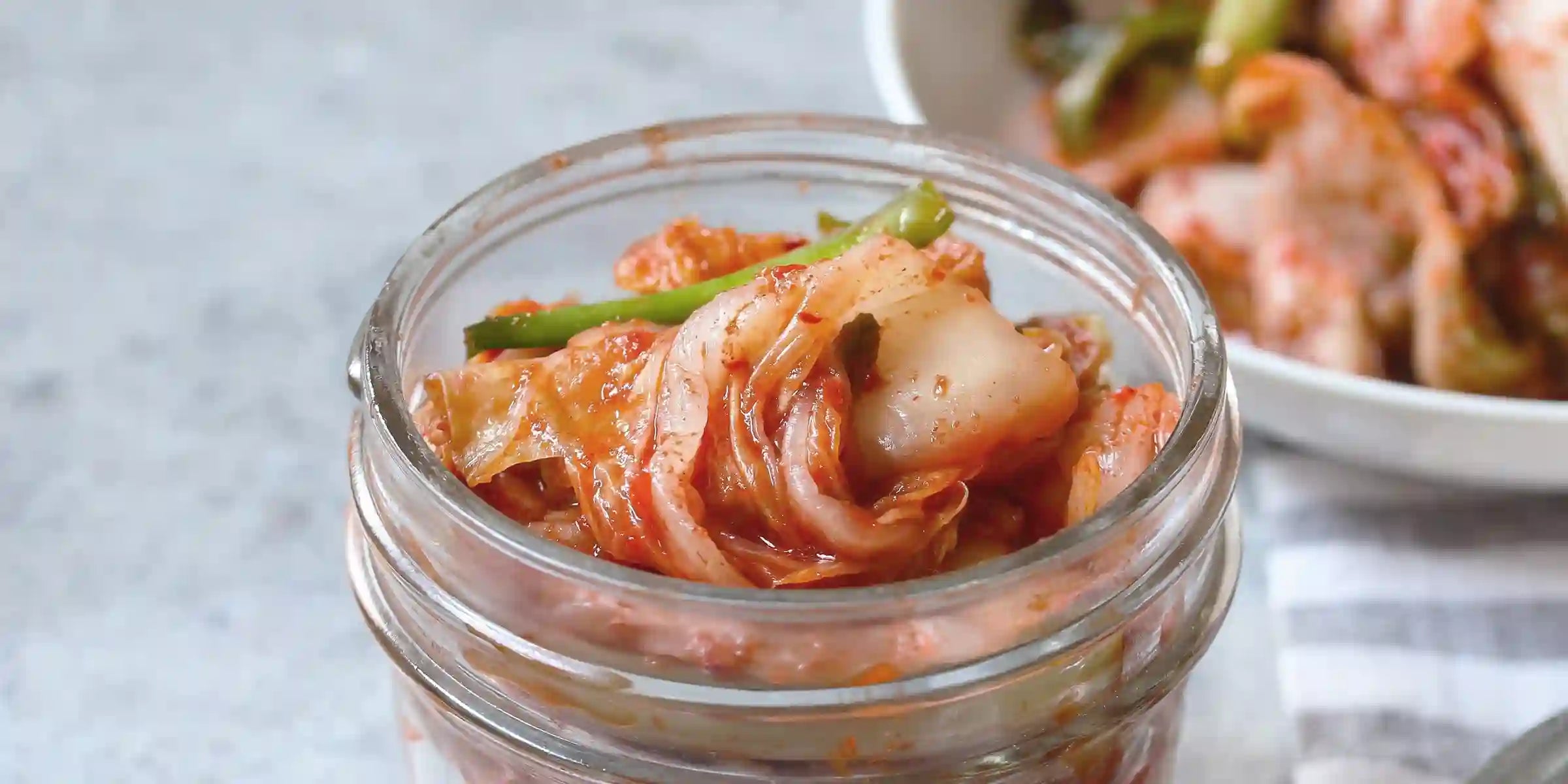It may seem obvious that eating a variety of different-coloured fruits and vegetables is a good thing for our health, but why is that exactly? And how can ‘eating the rainbow’ help to support a diverse gut microbiome?
Firstly, a thriving gut microbiome depends on feeding all the good bacteria in our gut with their preferred fuel source: fiber. Fiber is a type of carbohydrate found in all plant foods and whilst we humans don’t have the digestive capacity to break it down, fiber provides a veritable feast for our gut microbes. This allows them to proliferate and produce all of the many positive substances they give back to us which in turn benefits other areas of our body including the immune system, cognitive health, blood sugar balancing, and metabolism.
The other key factor to consider is that we need to include as many diverse sources of fiber as possible, as diversity is key to a healthy and heterogenous gut. We can achieve this largely through ingesting a wide variety of plants in our diet. This is where the rainbow analogy starts to unfold. However, it isn’t just about the fiber compounds that have a positive impact on our gut microbiome, but also special chemical compounds found in plants called, ‘phytochemicals’.
Phytochemicals have antioxidant and anti-inflammatory properties that help to protect the body as well as enhance our gut microbiome. These same compounds are often the pigments that give plants their colour — think beta-carotene in sweet potatoes, lycopene in tomatoes, anthocyanin in berries, isothiocyanates in broccoli, and flavanols found in onions. So, although ‘eat the rainbow’ might sound like a cliché, it’s a great way to make sure we ingest a broad range of phytochemicals and fiber in our diet.
The goal is to aim for 30+ plants per week in our diet, in a wide array of colours. This may sound like an arduous task but if you aim for different-coloured plant food at each meal, you will soon realize how easy it will be to reach your goal of 30 different fruits and vegetables within the span of a week. Here are some other useful tips to help you ‘eat the rainbow’:
Blend a variety of plants
Try combining at least four different types of vegetables and fruits into a soup or smoothie. You can even batch cook soups and freeze them for future meals.
Remember frozen and canned count
This can be convenient and allows for easy rotation while not wasting food (which can happen when you are trying to eat more variety!). Consider spinach, mixed berries, peas, cooked vegetables, and any other fruits or veggies that freeze well.
Try fermented foods
These foods keep well in the refrigerator and can be an easy boost when you need more colour in your meal. Kimchi, for example, can contain up to six different plants and adds a vibrant kick to many dishes! Also, fermented foods contain beneficial microbes cultivated during the fermentation process that support a healthy microbiome.
Swap snacks for colourful plant-based options
Instead of a granola bar, try a piece of fruit with a handful of nuts or carrot sticks dipped in hummus. Even a bit of dark chocolate (70% cocoa or higher) counts toward your phytochemical quota.
Season your dishes
You’re adding plant variety to your meals just by adding spices and dried herbs! Extra points if you combine four to five different herbs and spices together. This could be adding cinnamon, cardamom, and ginger to porridge, or turmeric, chili, and cumin to your scrambled eggs.
Use my lists below to help you navigate the different plant colours so you can eat your way through the rainbow with ease. A helpful way to keep track of your weekly colours is by creating a chart. You can keep track by checking off the various fruits and vegetables that you consume each day. This method also works well for children, especially if you are struggling to get them to eat their veggies.
Purple-Blue
Aubergine, cherries, beetroot, red cabbage, red onion, purple carrots, purple cauliflower
Green
Broccoli, avocado, spinach, cabbage, kale, artichokes, pak choi, courgette, sugar snap peas, green beans, watercress, rocket
Orange
Carrots, sweet potatoes, butternut squash, pumpkin, turmeric, apricots, papaya, oranges, peaches
Yellow
Yellow peppers, onions, ginger, lemon, banana, pineapple
Red
Pomegranate, strawberries, tomato, red pepper, red chilli pepper, raspberries
REFERENCES:
McDonald, D et al (2018) ‘American Gut: an Open Platform for Citizen Science Microbiome Research’ mSystems, 3(3), e00031-18. (Online). Available at https://doi.org/10.1128/mSystems.00031-18
Leeuwendaal NK, Stanton C, O’Toole PW, Beresford TP (2022) ‘Fermented Foods, Health and the Gut Microbiome’ Nutrients. 2022 Apr 6;14(7):1527. doi: 10.3390/nu14071527. (Online). Available at https://pubmed.ncbi.nlm.nih.gov/35406140/
Makki K, Deehan EC, Walter J, Bäckhe F (2018) ‘The Impact of Dietary Fiber on Gut Microbiota in Host Health and Disease’ Cell Host Microbe. 2018 Jun 13;23(6):705-715. doi: 10.1016/j.chom.2018.05.012. (Online). Available at https://pubmed.ncbi.nlm.nih.gov/29902436/
Holscher H. (2017) ‘Dietary fiber and prebiotics and the gastrointestinal microbiota’ Gut Microbes. 2017 Mar 4;8(2):172-184. doi: 10.1080/19490976.2017.1290756. Epub 2017 Feb 6. (Online). Available at https://pubmed.ncbi.nlm.nih.gov/28165863/
Fraga CG, Croft KD, O’Kennedy D, Tomás-Barberán FA (2019) ‘The effects of polyphenols and other bioactives on human health’ Food Funct. 2019 Feb 20;10(2):514-528. doi: 10.1039/c8fo01997e. (Online). Available at https://pubmed.ncbi.nlm.nih.gov/30746536/
Sorrenti V et al (2020) ‘Cocoa Polyphenols and Gut Microbiota Interplay: Bioavailability, Prebiotic Effect, and Impact on Human Health’ Nutrients. 2020 Jun 27;12(7):1908. doi: 10.3390/nu12071908. (Online). Available at https://pubmed.ncbi.nlm.nih.gov/32605083/



